Dreamforce 2011: Should IT love or loathe the ‘social enterprise’?
The 'social enterprise' might sound like a nice idea, but what does it mean for the IT department?
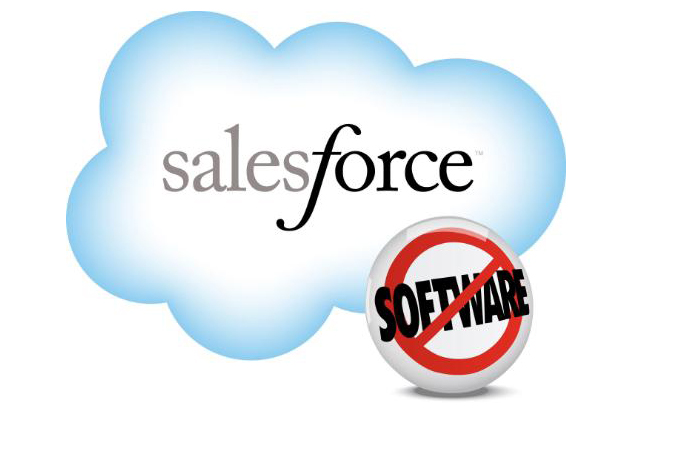

ANALYSIS Social was always going to be a big theme at Dreamforce 2011.
On arrival, a host of advertising slogans pointed towards the topic in particular the let's get social' mantra splattered across the various buildings taken up by Salesforce.com in San Francisco.
Yet despite plenty of proselytising over the benefits of the social enterprise,' in reality it isn't so simple to create such a business.
For IT, installing and managing the systems necessary bring additional burdens, in some industries more than others. Furthermore, employees themselves are unpredictable beings. When they are given social tools, they become a bigger risk.
Should IT directors be excited about the benefits of becoming a more socially-focused company? Or is social going to add yet more problems for IT to deal with?
CEOs want to be close to customers
IT is increasingly going to be expected to support the drive to the social enterprise.' With so many companies pushing the social envelope, including Salesforce.com this week, CEOs across the world are convinced this is the new paradigm.
Get the ITPro daily newsletter
Sign up today and you will receive a free copy of our Future Focus 2025 report - the leading guidance on AI, cybersecurity and other IT challenges as per 700+ senior executives
What IT needs to make clear to C-level execs is that social media simply can't be used on a wide-scale in some sectors.
Numerous tech vendor CEOs, such as BMC's Bob Beauchamp and Symantec chief Enrique Salem, have extolled the virtues of the social business, claiming it was the future in a video shown during the first keynote at Dreamforce. As Salesforce.com chief Marc Benioff said, the 2010s will be the decade of social.
Regardless of whether the pronouncements of these tech behemoths are based on actual business need, or simply a desire to sell products, IT will be brought in to talk about implementation of the social business.
What IT needs to make clear to C-level execs is that social media simply can't be used on a wide-scale in some sectors. One Salesforce.com customer IT Pro caught up with, who wished to remain anonymous, noted how in certain industries, the use of social media just isn't possible.
This customer, an employee of a major insurance firm with close to 1,000 workers, said that due to heavy compliance in the industry, using social media to sell services was simply not worth the investment for his firm.
An extra burden?
That same insurance employee noted how, if his company wanted to go social, it would need to up its workforce.
"We could use social, but it simply wouldn't be worth the effort. Our compliance team would have to grow in order to embrace social," he said. So moving to social means a big investment, even in personnel.
Evidently, there is an additional burden for IT to cope with if its business wants to become a social enterprise.
Salesforce.com's Eric Stahl admitted that to create a truly social enterprise would take "a lot of work" on behalf of the IT department. From creating the right custom apps, to managing the systems, potentially for a massive worker base, it's no small ask of IT to supplement the move to a fully social company.
There's also the cost. This week, Salesforce.com announced the Social Enterprise License Agreement, which includes enterprise-wide access to Salesforce Sales Cloud, Salesforce Service Cloud, Salesforce Chatter, Salesforce Radian6, Force.com, Heroku and Database.com.
It did not reveal the actual pricing of the license. Such reticence may concern IT departments hoping for a cheap way of "going social." A sales rep IT Pro spoke to simply said the pricing model is based on the size of the company, as is the cloud way. Coca-Cola has signed up to a license, but not many companies are sitting on as much money as the soft drink giant.
The cloud-model will mean less man-hours, and in turn potentially less cost, of course. As senior vice president for Radian6 Marcel LeBrun noted, the cloud-based Radian6 service manages much of the work for IT.
"From what I've seen, for the most part there isn't a very high burden on IT - we deal with all the data," LeBrun told IT Pro. "A lot of growth is happening without a lot of IT complexity."
All watched over by machines
Yet Radian6 is a monitoring product. Again, monitoring is something IT will have to watch over, even if it is in the cloud.
There is no doubting the benefits of monitoring customers to provide a better service. Gaining that extra insight, delivered in all its shiny, graphical form, can prove invaluable for knowing how to target campaigns or advise strategy.
During the keynotes, Salesforce.com showed how Radian6 helped Disney learn about what attractions were getting the most mentions on sites like Twitter and Facebook. They could then approach their customers with a greater knowledge base to work on.
Tom Brewster is currently an associate editor at Forbes and an award-winning journalist who covers cyber security, surveillance, and privacy. Starting his career at ITPro as a staff writer and working up to a senior staff writer role, Tom has been covering the tech industry for more than ten years and is considered one of the leading journalists in his specialism.
He is a proud alum of the University of Sheffield where he secured an undergraduate degree in English Literature before undertaking a certification from General Assembly in web development.
-
 Women show more team spirit when it comes to cybersecurity, yet they're still missing out on opportunities
Women show more team spirit when it comes to cybersecurity, yet they're still missing out on opportunitiesNews While they're more likely to believe that responsibility should be shared, women are less likely to get the necessary training
By Emma Woollacott
-
 OpenAI's new GPT-4.1 models miss the mark on coding tasks
OpenAI's new GPT-4.1 models miss the mark on coding tasksNews OpenAI says its GPT-4.1 model family offers sizable improvements for coding, but tests show competitors still outperform it in key areas.
By Ross Kelly
-
 Salesforce to trial green AI tools to help companies fast-track their journey to net zero
Salesforce to trial green AI tools to help companies fast-track their journey to net zeroNews An agreement with the Australian government will also see the tech giant set up a staff tech hub in Adelaide
By Zach Marzouk
-
 Dreamforce 2019: View from the airport
Dreamforce 2019: View from the airportOpinion Time has been called on Salesforce’s big shebang for another year, so what did Dreamforce 2019 deliver?
By Maggie Holland
-
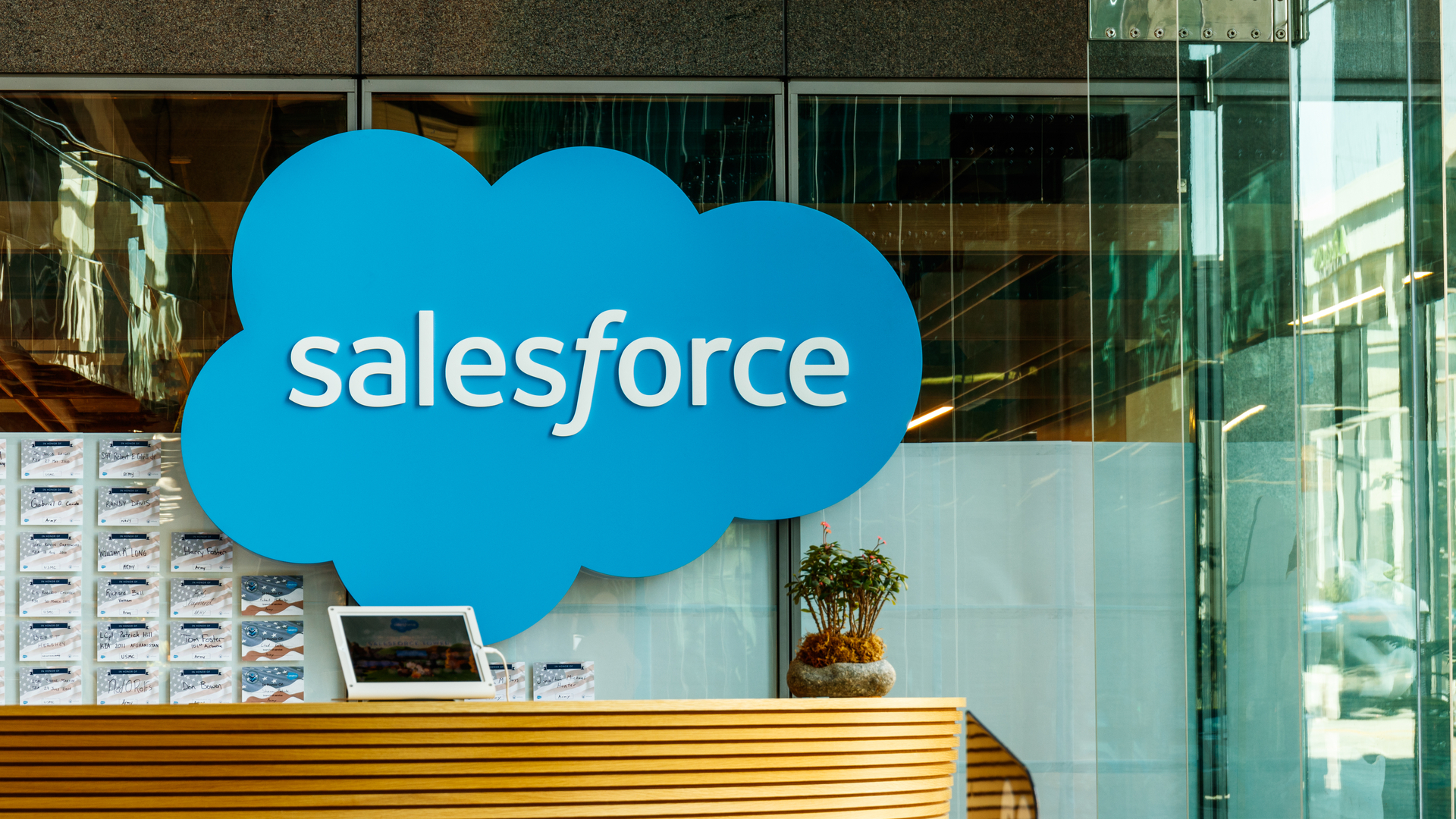 Salesforce unveils Customer 360 Truth in quest to provide single source of data reality
Salesforce unveils Customer 360 Truth in quest to provide single source of data realityNews Organisations will be able to better understand customers and, in turn, personalise and enhance their experiences, according to Salesforce
By Maggie Holland
-
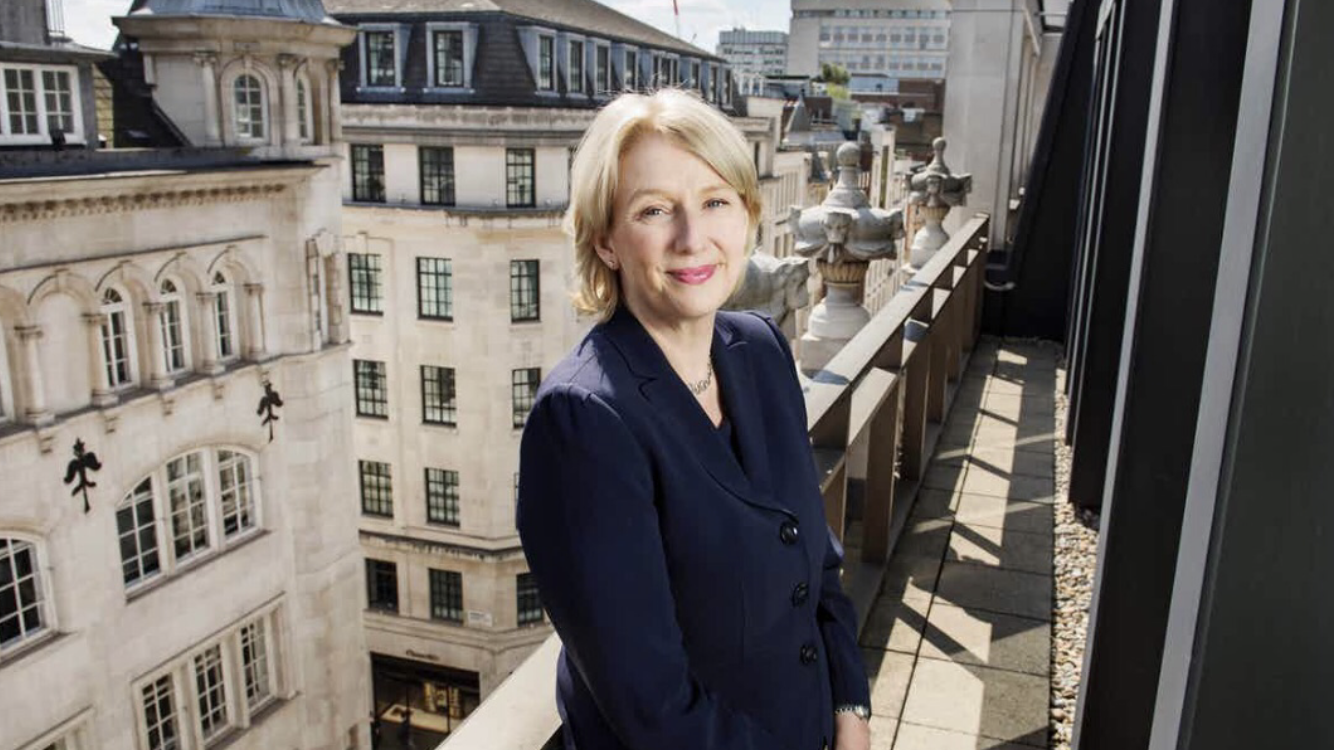 Salesforce appoints new UK leader to cement focus on local growth
Salesforce appoints new UK leader to cement focus on local growthNews Dame Jayne-Anne Gadhia will join the firm in a leadership role from October
By Maggie Holland
-

 Salesforce Essentials review: Stripped-back CRM wins on functionality
Salesforce Essentials review: Stripped-back CRM wins on functionalityReviews The SMB edition of one of the world's most popular sales tools dials down both cost and complexity
By K.G. Orphanides
-
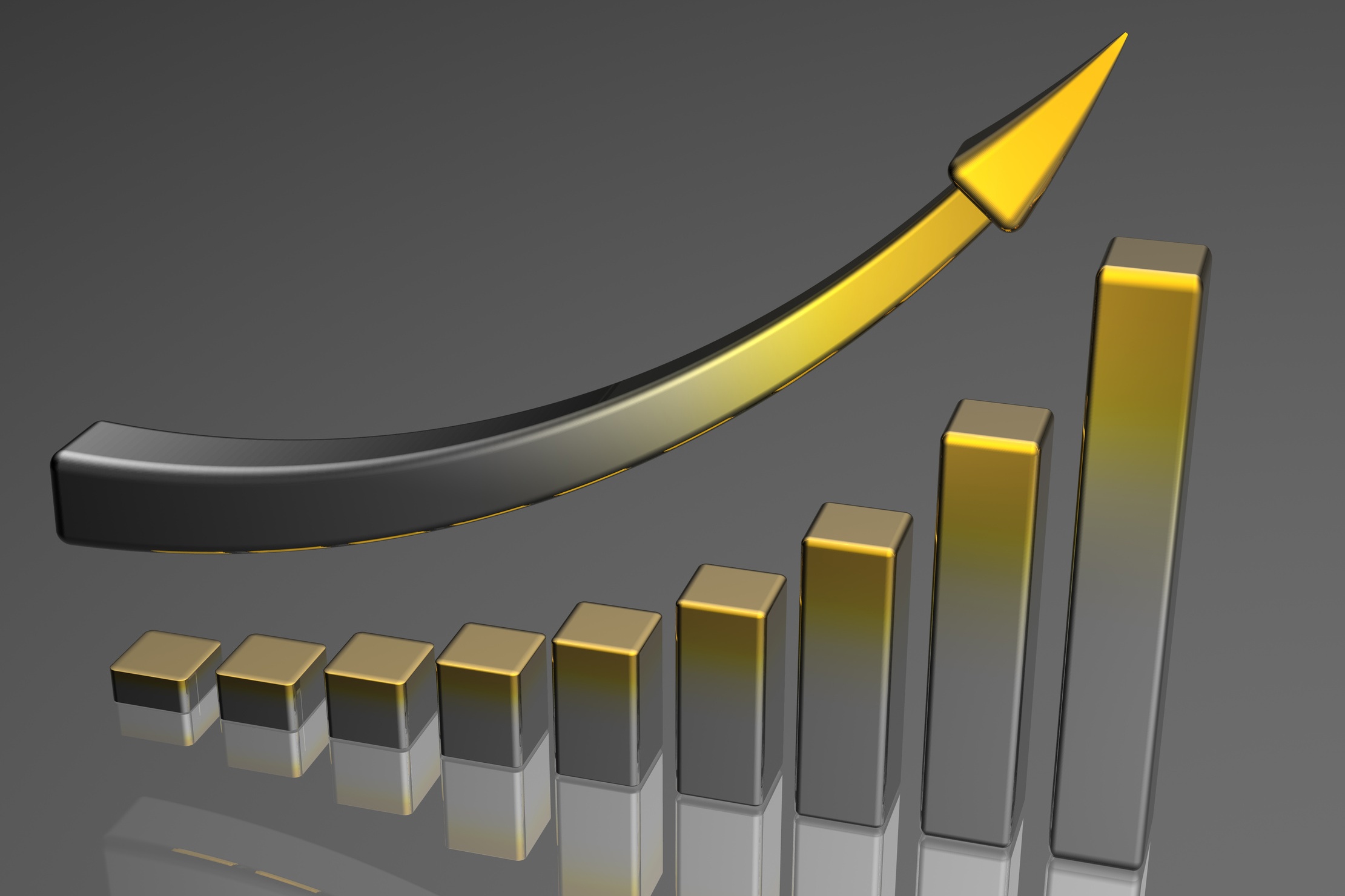 Salesforce revenue rockets 25%
Salesforce revenue rockets 25%News The company has set its sights on achieving $20 billion revenues by 2022
By Clare Hopping
-
 Why a private social network for employees might be a good idea
Why a private social network for employees might be a good ideaIn-depth Should firms consider private social networks for employees? We take a look at the drivers...
By Jennifer Norman
-
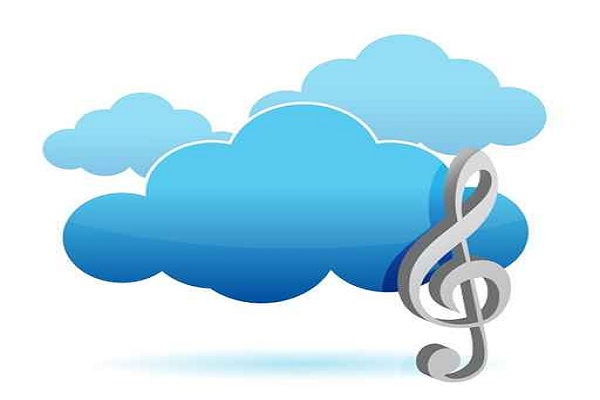 Neil Young talks up Pono in a bid to "bring the feeling back in music" through technology
Neil Young talks up Pono in a bid to "bring the feeling back in music" through technologyNews Iconic musician has partnered with key players to bring about change in the music industry
By Maggie Holland